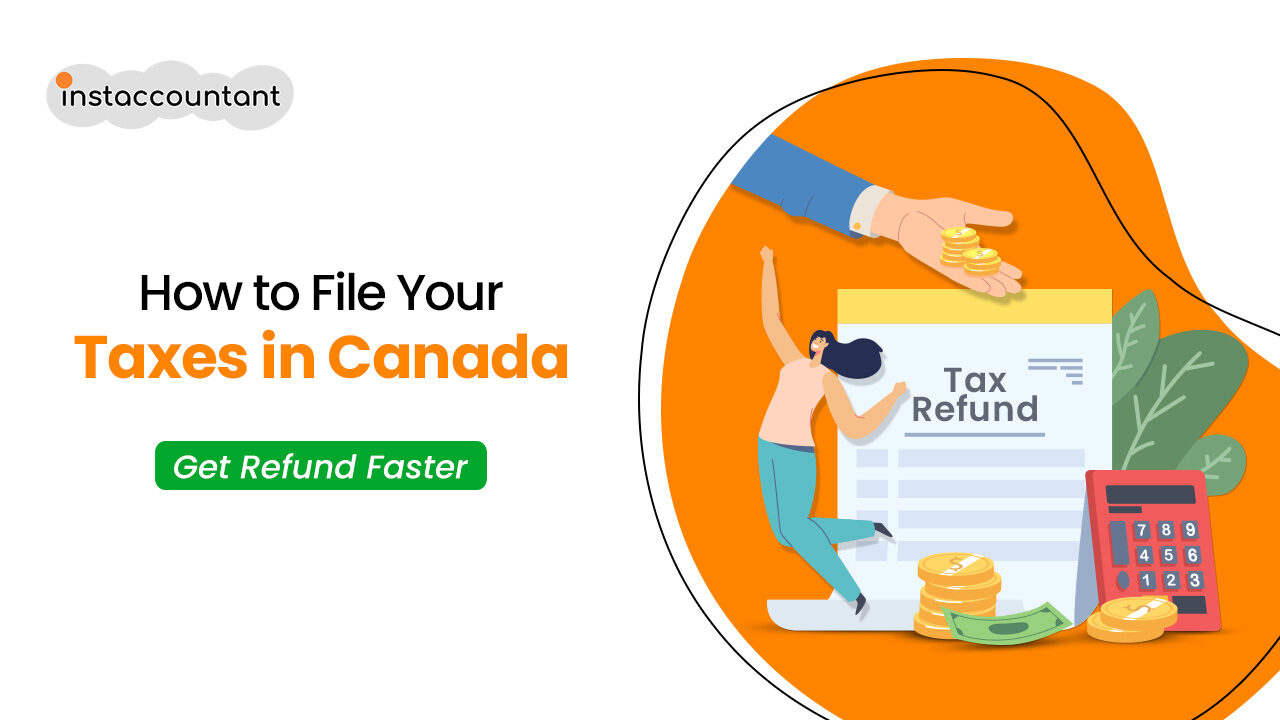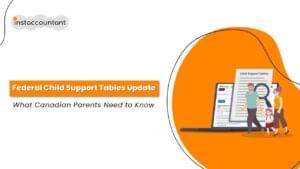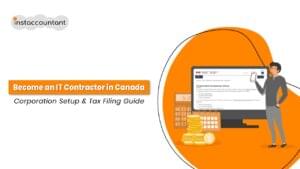As a new resident of Canada, navigating the tax system is essential not only for fulfilling your financial responsibilities but also for accessing various benefits and credits that can support your income and living expenses. This comprehensive guide will walk you through the process of filing your taxes in Canada, covering key aspects such as when to file, how to file, and what to expect once your return is submitted. Understanding these steps will help you stay compliant and make the most of the financial support available to you.
When to File Your Taxes in Canada
The tax year in Canada runs from January 1 to December 31, and you must file your tax return by April 30 of the following year. For example, if you earned income in 2024, you must file your tax return by April 30, 2025.
- Self-Employed Individuals: If you are self-employed or have a spouse or common-law partner who is self-employed, you have until June 15 to file your tax return. However, any taxes owed must still be paid by April 30.
- Weekend or Holiday Deadlines: If the deadline falls on a weekend or a holiday recognized by the Canada Revenue Agency (CRA), you have until the next business day to file your tax return.
How to File Your Taxes in Canada
To file your taxes, you need to complete the T1 General Income Tax and Benefit Return. This form reports your income, deductions, credits, and taxes for the year. You can find the form and a guide on how to complete it on the CRA website.
- Online Filing: The fastest and easiest way to file is online using certified software or web applications, such as NETFILE or EFILE.
- Paper Filing: You can also file by mail using a paper form, which can be ordered from the CRA website or obtained at a post office or Service Canada office.
Required Documents and Information
To file your taxes, you will need the following information and documents:
- Your Social Insurance Number (SIN)
- Your date of birth
- Your address
- Income slips (such as T4, T4A, T5, etc.)
- Receipts for eligible expenses (such as medical expenses, childcare expenses, tuition fees, etc.)
- Your bank account information (if you want to receive your refund by direct deposit)
What to Expect After You File Your Taxes
Review and Confirmation: After you file your taxes, the CRA will process your tax return and verify the accuracy of the information against data from third parties, such as your employers and banks. If everything is correct, you will receive a Notice of Assessment (NOA), which summarizes your tax return and indicates how much tax you owe or how much refund you will receive.
Refunds and Payments
- Refunds: If you are entitled to a refund, the fastest way to receive it is by using direct deposit. You can sign up for this service on the CRA’s website or through your online banking. Depending on how you filed your tax return, you can expect your refund in about two weeks if you used NETFILE, or within four to six weeks if you filed by mail.
- Payments: If you have a balance owing, you must pay it by April 30 to avoid interest charges. If this date falls on a weekend or a holiday, you have until the next business day to make your payment. Payments can be made online, by phone, or at your financial institution.
Late-Filing Penalties and Interest
If you have a balance owing and file your tax return late, you will incur a late-filing penalty of 5% of your balance, plus 1% for each month your return is overdue, up to a maximum of 12 months. Interest on the unpaid amount is compounded daily.
Benefits Eligibility
Filing your tax return on time is essential for accessing Canadian benefits and credits based on your income, including:
- Canada Child Benefit (CCB): A monthly payment for families with children under 18.
- Ontario Child Benefit (OCB): An additional monthly payment for low- to moderate-income families with children under 18.
- Goods and Services and Harmonized Sales Tax Credit: A quarterly payment for low- to moderate-income individuals and families.
To receive these benefits, you must file your taxes annually, even if you have no income or owe no tax.
Understanding Residency Status and Taxes
It’s important to note that Canadian residency for tax purposes differs from immigration status. You may be considered a resident for tax purposes even if you are not a permanent resident or citizen. For more information on residency status and its implications for your taxes, visit the CRA website or consult a tax professional.
Additional Tips and Reminders
- Keep Accurate Records: Maintain detailed records of your income and expenses throughout the year.
- Consult a Tax Professional: Consider seeking assistance from a tax professional or using tax software to help with the filing process.
By following this guide, you can navigate the Canadian tax system with confidence and ensure that you meet your tax obligations while maximizing your eligibility for benefits and credits. If you have further questions or need assistance, don’t hesitate to contact the CRA by phone or online.




